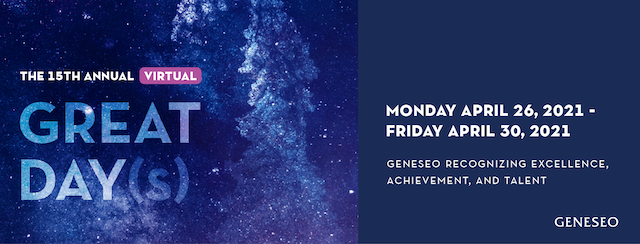
Submission Type
Poster
Start Date
April 2021
Abstract
The augmented reality (AR) sandbox is a teaching tool used to connect two-dimensional (2D) and three-dimensional (3D) map representations through modeling. Our hypothesis is: the AR sandbox is effective at teaching topographic map reading skills by comparing pre vs. post test scores. Student data was processed to analyze the efficiency of using the AR sandbox to increase student ability to read topographic maps. Data consists of student answers on a topographic map reading skills test at the beginning and the end of a Historical Geology college course. Between tests, students used the AR sandbox to complete short exercises during multiple labs. Data was collected for two years on paper-based topographic maps. The pre tests of student ability prior to the use of the AR sandbox is the control of this research. The experimental group is the post test data that showed students’ understanding of topographic maps after engagement in AR sandbox activities throughout the semester. Data did not show evidence that the AR sandbox is an effective teaching tool beyond paper-based practices. Results suggest that the data collection was not efficient. Future research should focus on new methods of data collection and change in the audience that participates.
Recommended Citation
Jankowiak, Megan and Ranaudo, Alexandra, "075— A test of the efficacy of the Augmented Reality Sandbox to improve students' reading topographic map skills" (2021). GREAT Day Posters. 81.
https://knightscholar.geneseo.edu/great-day-symposium/great-day-2021/posters-2021/81
Included in
075— A test of the efficacy of the Augmented Reality Sandbox to improve students' reading topographic map skills
The augmented reality (AR) sandbox is a teaching tool used to connect two-dimensional (2D) and three-dimensional (3D) map representations through modeling. Our hypothesis is: the AR sandbox is effective at teaching topographic map reading skills by comparing pre vs. post test scores. Student data was processed to analyze the efficiency of using the AR sandbox to increase student ability to read topographic maps. Data consists of student answers on a topographic map reading skills test at the beginning and the end of a Historical Geology college course. Between tests, students used the AR sandbox to complete short exercises during multiple labs. Data was collected for two years on paper-based topographic maps. The pre tests of student ability prior to the use of the AR sandbox is the control of this research. The experimental group is the post test data that showed students’ understanding of topographic maps after engagement in AR sandbox activities throughout the semester. Data did not show evidence that the AR sandbox is an effective teaching tool beyond paper-based practices. Results suggest that the data collection was not efficient. Future research should focus on new methods of data collection and change in the audience that participates.


Comments
Sponsored by Scott Giorgis